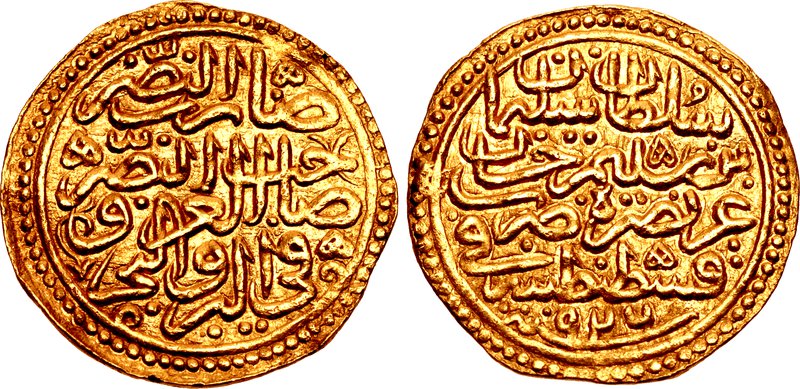Sultani on:
[Wikipedia]
[Google]
[Amazon]
 The sultani () was an Ottoman
The sultani () was an Ottoman
 The sultani () was an Ottoman
The sultani () was an Ottoman gold
Gold is a chemical element; it has chemical symbol Au (from Latin ) and atomic number 79. In its pure form, it is a brightness, bright, slightly orange-yellow, dense, soft, malleable, and ductile metal. Chemically, gold is a transition metal ...
coin. It was first minted in 1477–8 during the reign of Mehmed II
Mehmed II (; , ; 30 March 14323 May 1481), commonly known as Mehmed the Conqueror (; ), was twice the sultan of the Ottoman Empire from August 1444 to September 1446 and then later from February 1451 to May 1481.
In Mehmed II's first reign, ...
(r. 1451–1481), following the Venetian ducat
The ducat ( ) coin was used as a trade coin in Europe from the later Middle Ages to the 19th century. Its most familiar version, the gold ducat or sequin containing around of 98.6% fine gold, originated in Venice in 1284 and gained wide interna ...
standard, weighing about . The sultani is the classic Ottoman gold coin also known generically as altın (, "gold
Gold is a chemical element; it has chemical symbol Au (from Latin ) and atomic number 79. In its pure form, it is a brightness, bright, slightly orange-yellow, dense, soft, malleable, and ductile metal. Chemically, gold is a transition metal ...
").
Although different currency systems were used for different parts of the Ottoman Empire, for symbolic and economic reasons, the sultani was the empire's only gold coin during the sixteenth century.
References
Gold coins Coins of the Ottoman Empire {{Ottoman-stub